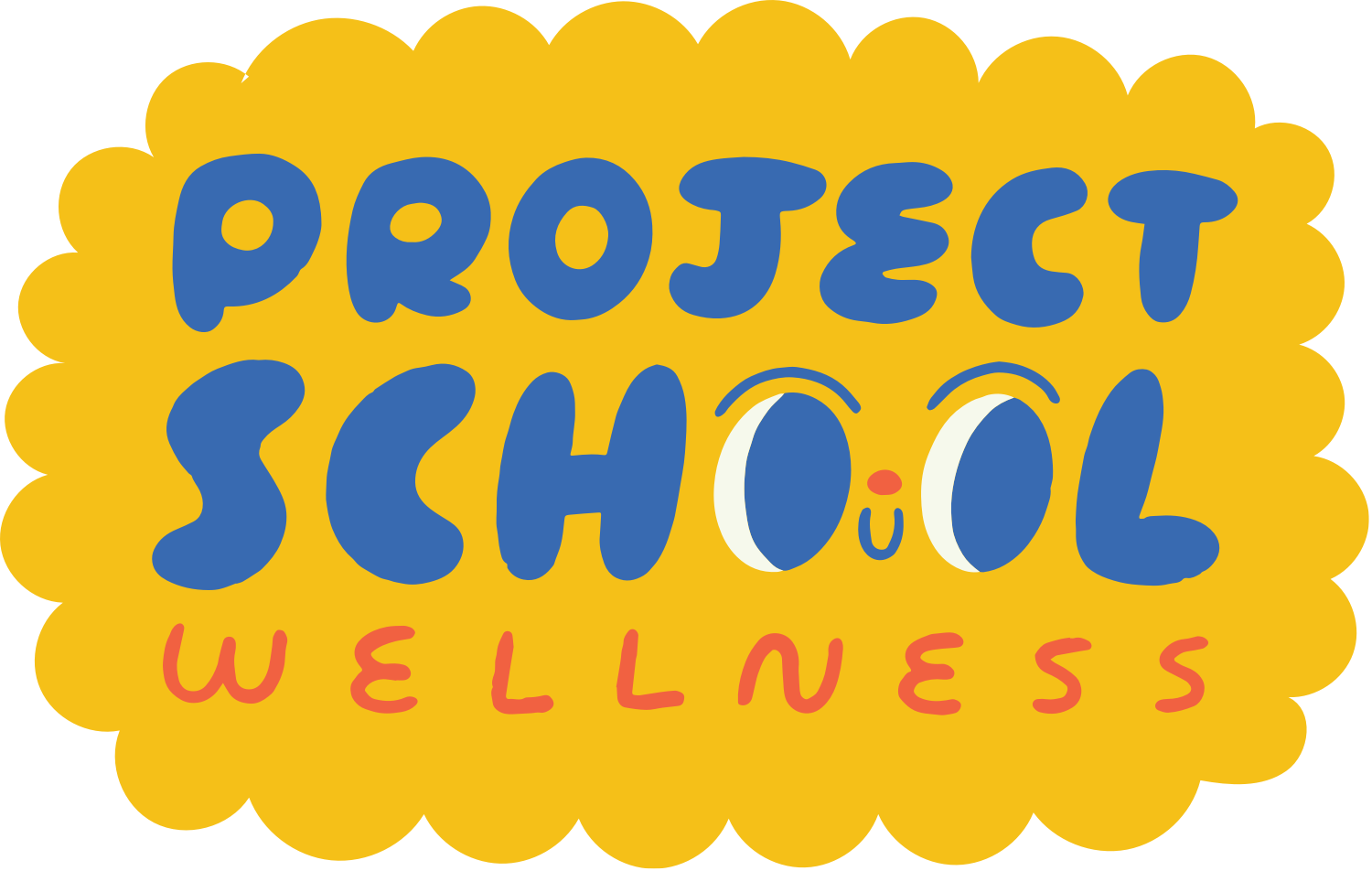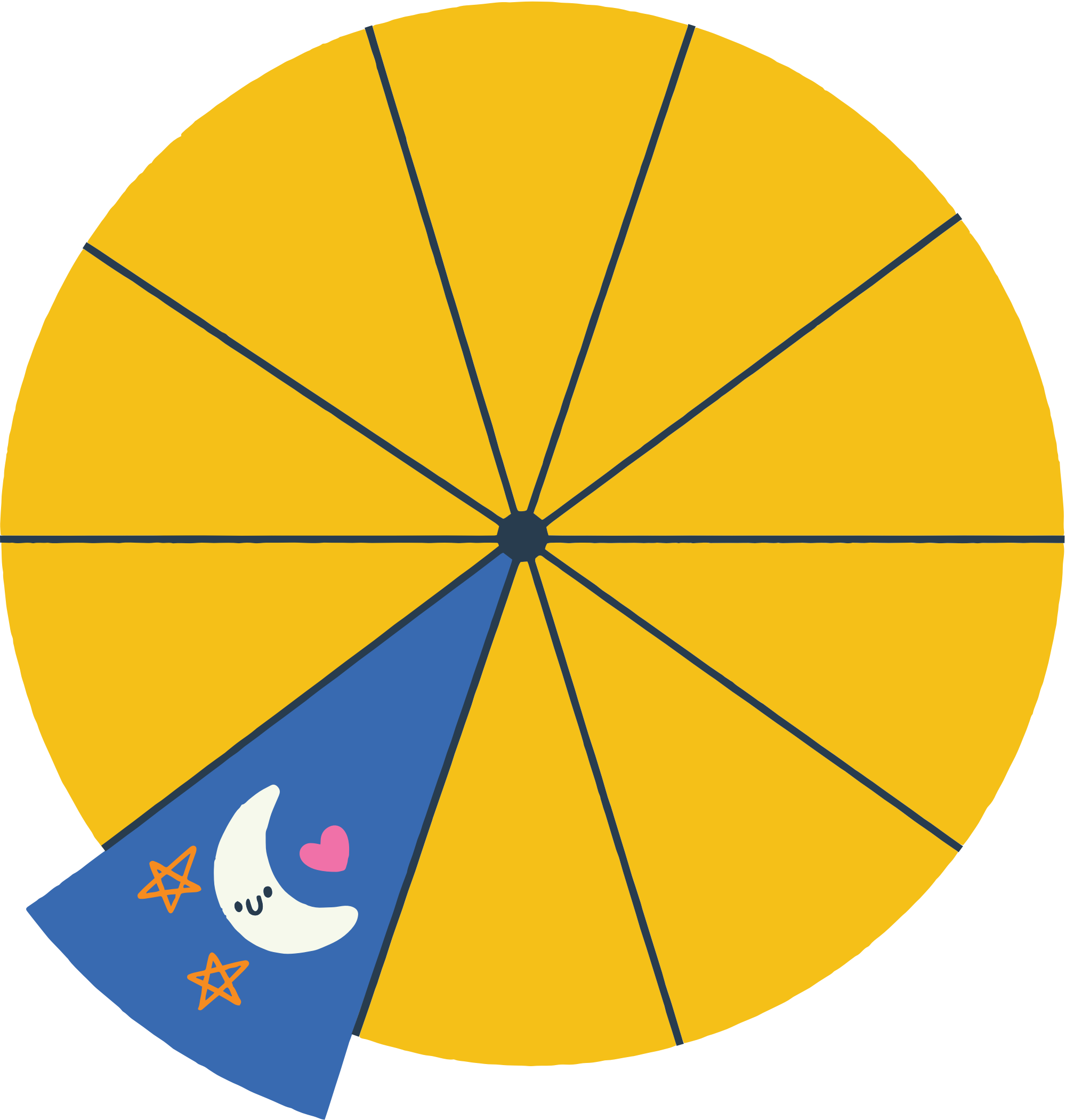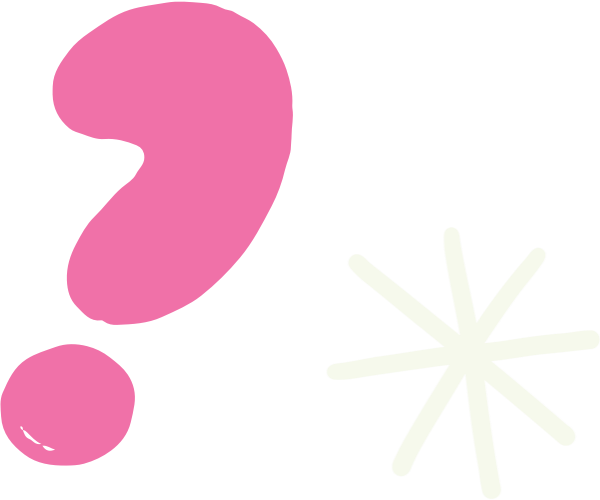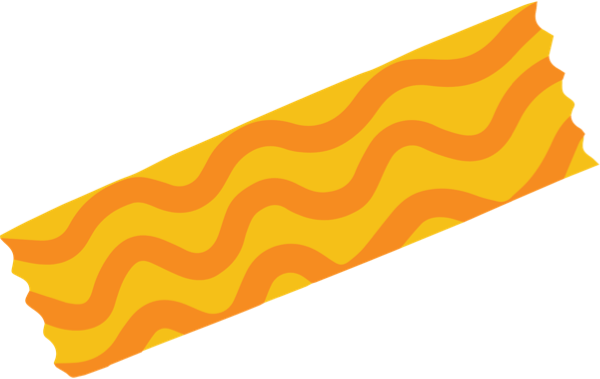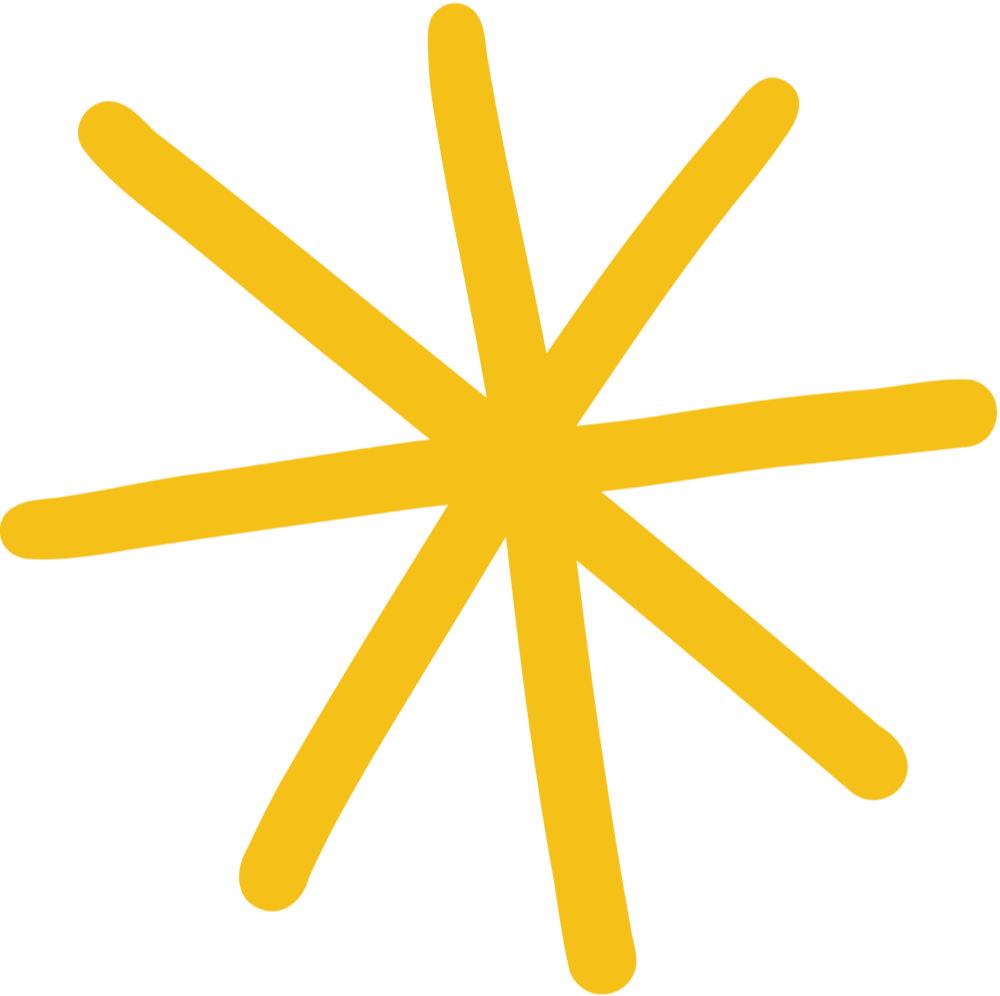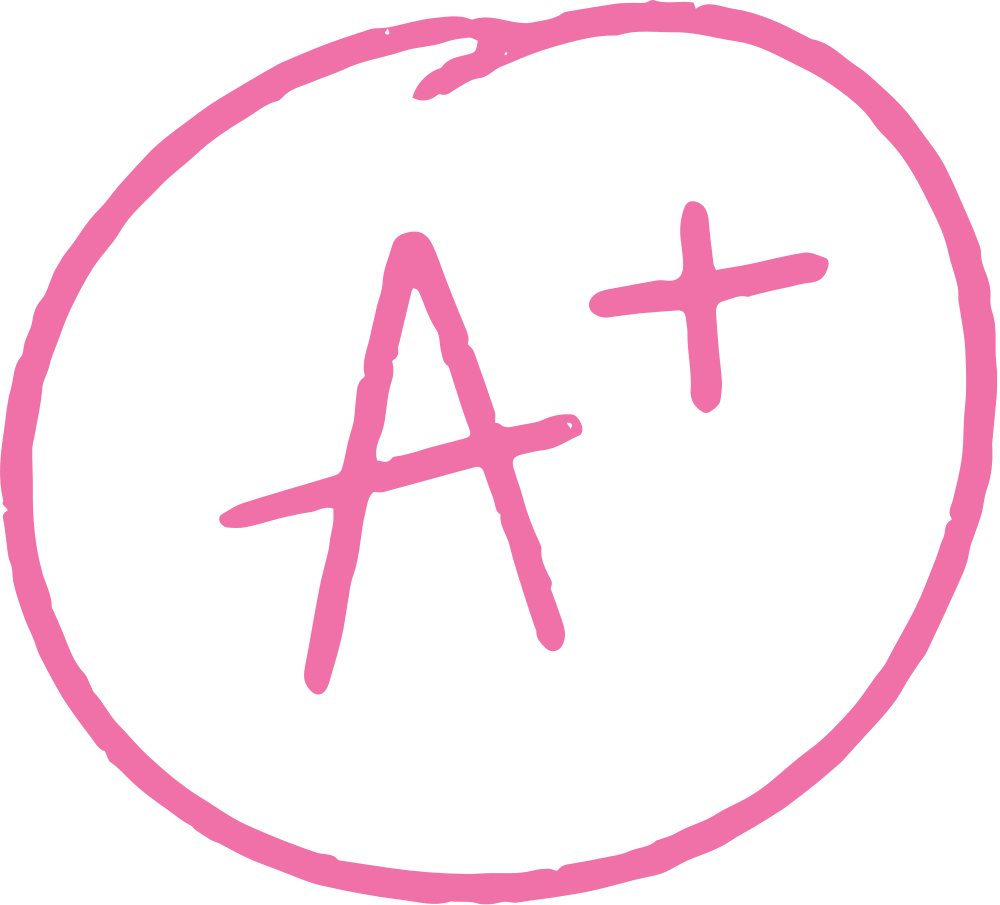
How to Teach the Dimensions of Health
Spiritual Health
Spiritual health is about knowing who you are, what you believe in, and letting your values guide your choices. It means having a strong sense of purpose and striving to live in a way that aligns with what matters most to you.
Easy Spiritual Health Teaching Activities:
Start Here!
This Spiritual Health Teaching Guide for health teachers is your go-to resource for teaching spiritual health as part of a comprehensive, skills-based health education program. It includes a clear answer to the question “what is spiritual health,” explains why it matters, and outlines a grade-level-specific teaching progression aligned with the SHAPE America National Health Education Standards. Inside, health teachers will find engaging spiritual health lesson plan ideas, real-world spiritual health examples, and reflection activities to help students explore what they believe, define their core values, and build the confidence to make purpose-driven, values-aligned decisions in everyday life.
table of contents:
Grade-Level Specific Teaching Ideas →
SHAPE Health Standards and Skills →
An Introduction to Teaching Spiritual health
Let’s start with
The Basics
Also available: signature health guides for parents and students to support health learning at home and in class.
For Students → For Parents →
What is Spiritual Health Education?
Spiritual health is one of the original six dimensions of health featured in the Wellness Wheel, identified by Dr. Bill Hettler, co-founder of the National Wellness Institute. It focuses on having a strong sense of what matters most, your values, your beliefs, and your personal sense of right and wrong, and using those to guide your decisions and actions. Spiritual health education helps students explore who they are, what they stand for, and how to live in alignment with their core values. By exploring what is meant by spiritual health in the classroom, health teachers support students as they build a deep sense of purpose, self-awareness, and intention.
Why Spiritual Health Matters
Values Inform Everything We Do
Our values shape our choices, our relationships, and the way we move through the world. Helping students identify and reflect on their values builds a strong foundation for decision-making and personal integrity.
Living With Purpose Boosts Well-Being
Having a sense of purpose, knowing what matters and why, enhances motivation, resilience, and total well-being. It helps students stay grounded and focused, even in challenging times.
Spiritual Health Builds Self-Awareness
When students understand who they are and what they believe, they can live with more intention and confidence. Spiritual health education supports a deeper connection to self, others, and the world around them.
K - 12 spiritual Health Education Teaching Progression
Grade-Specific Spiritual Health Teaching Ideas
Explore K-12 grade-specific spiritual health teaching ideas. Each health teacher guide provides clear standards-based learning objectives, essential functional knowledge, engaging teaching activities, and project-based learning assessments. You’ll find everything you need to deliver impactful, developmentally-appropriate spiritual health education.
-

Learning Objectives
Learning objectives clearly define what elementary students will know and be able to do as a result of each lesson. These objectives focus on developing functional health knowledge, building understanding related to spiritual health, and applying essential health skills to real-life situations. Every objective is designed to align with the SHAPE America National Health Education Standards, ensuring that instruction is comprehensive, skills-based, and leads to increased health literacy and promotes lifelong well-being.
The Goal: Introduce students to basic ideas of right and wrong, help them reflect on what matters most to them, and explore the kind of person they want to be.
✅ Recognize the difference between right and wrong in simple situations and begin connecting choices to feelings and outcomes.
→ Relates to SHAPE America Standard: #1 Build and Apply Functional Knowledge
✅ Identify what kind of person they want to be (e.g., kind, helpful, fair) and explore how their actions can reflect those traits.
→ Relates to SHAPE America Standard: #5 Decision Making and #7 Practice Health Enhancing Behaviors
✅ Name people, places, and things that are important to them and describe how they make them feel safe, happy, or proud.
→ Relates to SHAPE America Standard: #2 Analyze Influences
-

Functional Knowledge
Functional knowledge refers to the essential health concepts students need to understand in order to build awareness of how spiritual health shows up in their lives. This knowledge helps students make informed choices and lays the foundation for managing this aspect of their well-being with intention and confidence.
To build a foundation in spiritual health, elementary students need simple, relatable knowledge that helps them begin to understand their inner compass, who they are, and what makes them feel supported and safe.
💡 How to Recognize Right vs. Wrong by Checking in With Yourself
Students learn to reflect on what feels right or wrong by tuning into their thoughts, emotions, and body signals and using those cues to guide their actions.💡 What Identity Means
Students explore the idea that identity is who you are, what you like, what you care about, how you act, and that it can be shaped by the people and experiences around you.💡 What it Means to Feel Good About Yourself and Who Helps Support That
Students learn that feeling good about yourself means feeling proud, confident, and comfortable with who you are. -
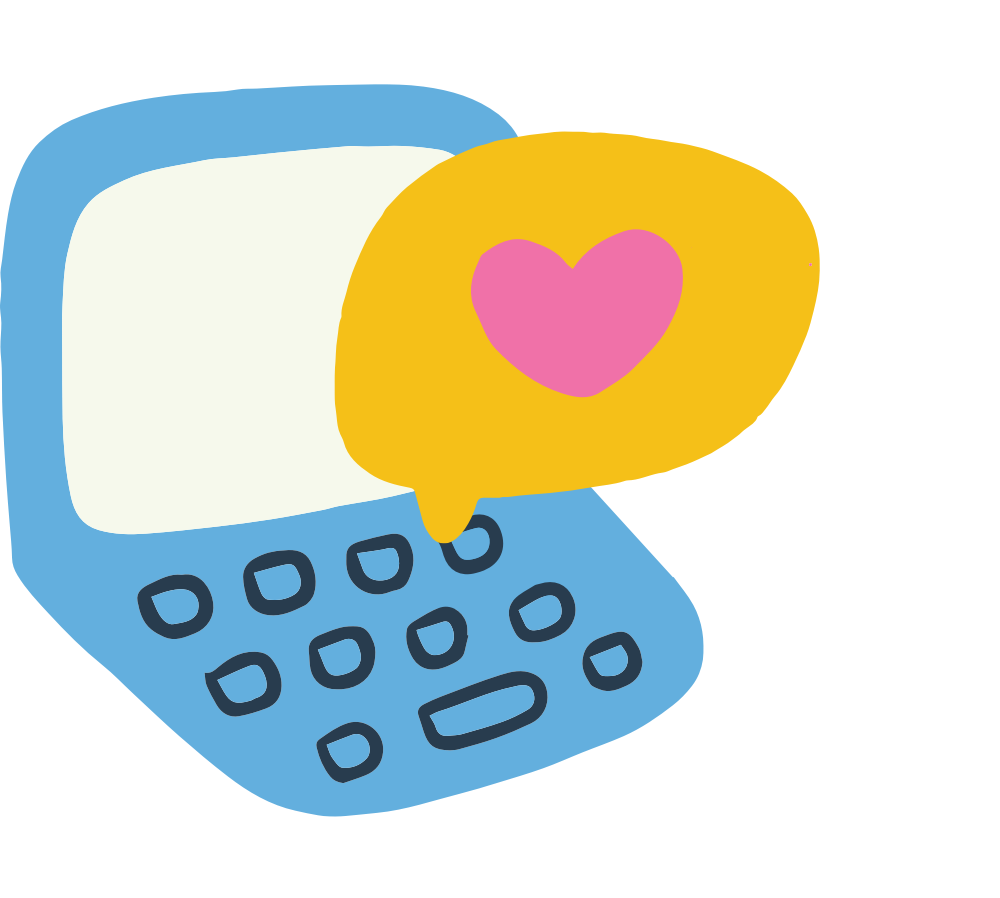
Activities
Activities are health education learning engagements that help students explore, interact with, and build deeper understanding of spiritual health. Each learning activity is designed to support a skills-based health approach and provide meaningful opportunities for students to explore the functional knowledge and practice the health skills.
🔎 “Right for Me” vs. “Not Right for Me” Sorting + Reflection
Students receive cards with a variety of items, foods, activities, books, songs, or social situations. They sort them into two groups: “Right for Me” and “Not Right for Me.” After sorting, they reflect on how they made their decisions: What did they feel in their body? What thoughts helped them decide?
→ Connects to: How to recognize right vs. wrong by checking in with your thoughts, feelings, and body
🔎 “Who Am I?” Identity Exploration
Students explore categories of identity (e.g., things I love, what I’m good at, traditions I follow, groups I belong to). They create a visual or written profile showing pieces of who they are.
→ Connects to: What identity means🔎 “Feel Good About Me” Personal Scavenger Hunt
Building on their identity work, students reflect on what makes them feel proud, safe, or strong. They find examples in their lives of:A time they made a choice they felt good about
A person who helps them feel confident
An action they took that made someone else feel good
They can record their findings on a worksheet or in a class, “Feel-Good Gallery.”
→ Connects to: What it means to feel good about yourself and who supports that -

Assessments
This spiritual project-based learning assessment is designed to measure both what elementary students understand and how well they can apply their functional health knowledge and health skills in meaningful, real-world ways. This health assessment idea aligns with the SHAPE America National Health Education Standards and offers students a practical, hands-on learning experience. By actively using health skills to navigate realistic scenarios, students demonstrate their ability to think critically, make informed decisions, and take ownership of their well-being.
📚 "Who Am I?" ProjectAssessment Description:Students will create a personal project that explores who they are, what matters to them, and how they recognize and make choices that feel right. The project should include:
Identity: Who am I? What do I love? What groups am I part of? What makes me me?
Right for Me: What kinds of things feel right or wrong for me? How do I know the difference?
Support System: Who helps me feel good about myself? Who helps me make good choices?
Students may choose their format:
A poster with drawings, labels, and symbols
A poem that reflects their values, identity, and support system
A 3D model or collection of personal items that represent their story
A mini-book that includes pages for each reflection area
Reflection Component:Alongside the project, students will complete a brief written or verbal reflection explaining what they included and why.
→ Assesses understanding of identity, values, decision-making, and personal support systems (SHAPE America Standards #1, #2, and #4)
-

Learning Objectives
Learning objectives clearly define what middle school students will know and be able to do as a result of each lesson. These objectives focus on developing functional health knowledge, building understanding related to spiritual health, and applying essential health skills to real-life situations. Every objective is designed to align with the SHAPE America National Health Education Standards, ensuring that instruction is comprehensive, skills-based, and leads to increased health literacy and promotes lifelong well-being.
The Goal: Support students in identifying personal values, understanding how those values influence their choices, and exploring what it means to live with purpose.
✅ Identify personal values and reflect on how they influence daily choices and behaviors.
→ Relates to SHAPE America Standard: #1 Functional Knowledge and #5 Decision Making
✅ Understand how values connect to overall well-being, motivation, and long-term goals.
→ Relates to SHAPE America Standard: #2 Analyze Influences and #7 Practice Health-Enhancing Behaviors
✅ Exploe the concept of purpose and begin reflecting on what gives their life meaning.
→ Relates to SHAPE America Standard: #6 Goal Setting
-

Functional Knowledge
Functional knowledge refers to the essential health concepts students need to understand in order to build awareness of how spiritual health shows up in their lives. This knowledge helps students make informed choices and lays the foundation for managing this aspect of their well-being with intention and confidence.
To support their spiritual health, middle school students need to explore the role of values and purpose in their daily choices, their sense of identity, and their overall well-being.
💡 What Values Are And How They Influence Actions
Students learn that values are the beliefs and qualities that matter most to them (e.g., honesty, kindness, loyalty). They explore how values guide their behavior, shape their goals, and influence the way they treat others.💡 How Values Connect To Overall Well-Being
Students examine how living in alignment with their values can support their mental and emotional health, helping them feel more confident, balanced, and proud of their choices.💡 What Purpose Is And What It Looks Like In Everyday Life
Students explore the concept of purpose, not as a big life plan, but as the everyday things that give life meaning (e.g., helping others, working toward a goal, standing up for something they believe in). -

Activities
Activities are health education learning engagements that help students explore, interact with, and build deeper understanding of spiritual health. Each learning activity is designed to support a skills-based health approach and provide meaningful opportunities for students to explore the functional knowledge and practice the health skills.
🔎 Value Detective: Spot the Value in Action
After learning about a small set of core values (e.g., honesty, compassion, fairness, responsibility), students are given brief scenarios or role-play scenes and asked to act as "value detectives" identifying which value is being demonstrated or violated in each situation and explaining their reasoning.
→ Connects to: What values are and how they influence actions🔎 Personal Values + B.E.S.T. Model Reflection
Students identify 5+ personal values and create a values chart that connects each value to one or more elements of the B.E.S.T. Model (Body, Environment, Self, Social Ties). They reflect on how living out that value supports their overall well-being.
→ Connects to: How values connect to overall well-being🔎 What Gives Life Meaning? Guided Reflection Activity
Students respond to a series of prompts or complete a "meaning map" that helps them explore the things that bring purpose to their life. Prompts might include:- What’s something you care deeply about?
- When do you feel the most proud of yourself?
- What’s a way you like to help others?
→ Connects to: What purpose is and what it looks like in everyday life
-

Assessments
These spiritual project-based learning assessments are designed to measure both what middle school students understand and how well they can apply their functional health knowledge and health skills in meaningful, real-world ways. This health assessment idea aligns with the SHAPE America National Health Education Standards and offers students a practical, hands-on learning experience. By actively using health skills to navigate realistic scenarios, students demonstrate their ability to think critically, make informed decisions, and take ownership of their well-being.
📚 Values Gallery WalkStudents choose one core personal value and create a visual representation of it (poster, drawing, digital graphic, or short written reflection). They must explain:
- What the value means to them
- How it shows up in their life
- How living that value supports their overall well-being (especially mental, emotional, or social health)
📚 The visuals are displayed for a gallery walk, allowing students to see the range of values represented in the room.→ Assesses understanding of what values are and how they connect to well-being (SHAPE America Standards #1 and #7)
📚 “My Purpose” PoemStudents write a poem that expresses what gives their life meaning and purpose. It should include:
- What they care about
- What brings them joy or pride
- What kind of impact they want to make
- How they want to show up for themselves or others
Students may present their poem aloud or include it as part of a personal wellness portfolio.→ Assesses understanding of purpose and how it shows up in everyday life (SHAPE America Standards #1, #4, #7)
-

Learning Objectives
Learning objectives clearly define what high school students will know and be able to do as a result of each lesson. These objectives focus on developing functional health knowledge, building understanding related to spiritual health, and applying essential health skills to real-life situations. Every objective is designed to align with the SHAPE America National Health Education Standards, ensuring that instruction is comprehensive, skills-based, and leads to increased health literacy and promotes lifelong well-being.
The Goal: Guide students through deeper reflection on values, purpose, and identity by exploring influences, creating personal mission statements, and building alignment between beliefs and actions.
✅ Engage in deeper personal reflection to clarify core values and how they influence identity and relationships.
→ Related to SHAPE America Standard: #1 Functional Knowledge and #5 Decision Making
✅ Examine who and what shapes their value system (family, culture, media, life experience) and reflect on what influences they want to keep, question, or shift.
→ Related to SHAPE America Standard: #2 Analyze Influences
✅ Develop a personal mission statement that reflects purpose, values, and long-term goals.
→ Related to SHAPE America Standard: #6 Goal Setting
-

Functional Knowledge
Functional knowledge refers to the essential health concepts students need to understand in order to build awareness of how spiritual health shows up in their lives. This knowledge helps students make informed choices and lays the foundation for managing this aspect of their well-being with intention and confidence.
To support their spiritual health, high school students need to develop a deeper understanding of their core values, examine who and what shapes those values, and explore how to live with purpose by defining a personal mission.💡 What Core Values Are And What A Value System Is
Students learn that core values are the beliefs and principles that matter most to them (i.e. honesty, compassion, or independence). A value system is the broader framework made up of those values that guides how a person thinks, makes decisions, and lives their life. Students explore how values influence their actions, priorities, and personal goals.💡 Who And What Shapes A Person’s Value System
Students examine how family, culture, religion, life experiences, social norms, and media influence the development of personal values. They reflect on which influences they want to keep, question, or shift.💡 What A Mission Statement Is And How It Reflects Purpose
Students learn that a personal mission statement is a clear, guiding expression of their core values, purpose, and how they want to show up in the world. They explore examples and begin crafting one that reflects their beliefs, goals, and vision for the future. -

Activities
Activities are health education learning engagements that help students explore, interact with, and build deeper understanding of spiritual health. Each learning activity is designed to support a skills-based health approach and provide meaningful opportunities for students to explore the functional knowledge and practice the health skills.
🔎 Values System Ranking
Students receive a set of value cards (i.e., creativity, loyalty, fairness, growth). They sort them into categories like Very Important, Somewhat Important, and Not Important to Me.
→ Connects to: What core values are and what a value system is🔎 Values + Influences Matching Challenge
Students match different values (i.e., honesty, leadership, independence) to possible influences that might shape them (i.e.., family rules, cultural traditions, a meaningful experience, a role model, media). Follow up with a reflection: Which influences have shaped my value system the most, and do I still agree with them?
→ Connects to: Who and what shapes a value system🔎 Mission Statement Questionnaire
Students work through a series of reflection prompts (i.e.., What do I stand for? What kind of impact do I want to make?) to identify their purpose and priorities. Then they draft and revise a personal mission statement that represents their values, purpose, and how they want to live.
→ Connects to: What a mission statement is and how it reflects purpose -

Assessments
These spiritual project-based learning assessments are designed to measure both what high school students understand and how well they can apply their functional health knowledge and health skills in meaningful, real-world ways. This health assessment idea aligns with the SHAPE America National Health Education Standards and offers students a practical, hands-on learning experience. By actively using health skills to navigate realistic scenarios, students demonstrate their ability to think critically, make informed decisions, and take ownership of their well-being.
📚 Values System Visual Model
Students create an artistic representation of their personal value system. This can be a visual model, digital graphic, symbolic artwork, or 3D project that shows:
- Their top 3–5 core values
- How those values influence their decisions, actions, or relationships
- Optional: the influences that shaped those values
- A short written or verbal explanation accompanies the piece, detailing what the model represents and how their values work together to guide their life.
→ Assesses understanding of core values and personal value systems (SHAPE America Standards #1 and #2)
📚 Personal Mission Statement - Free Mission Statement Lesson Plan for All Members
After guided exploration and reflection, students write a personal mission statement that captures who they are, what they value, and how they want to live.
→ Assesses understanding of purpose and ability to apply values in goal setting (SHAPE Standards #5 and #6)
-
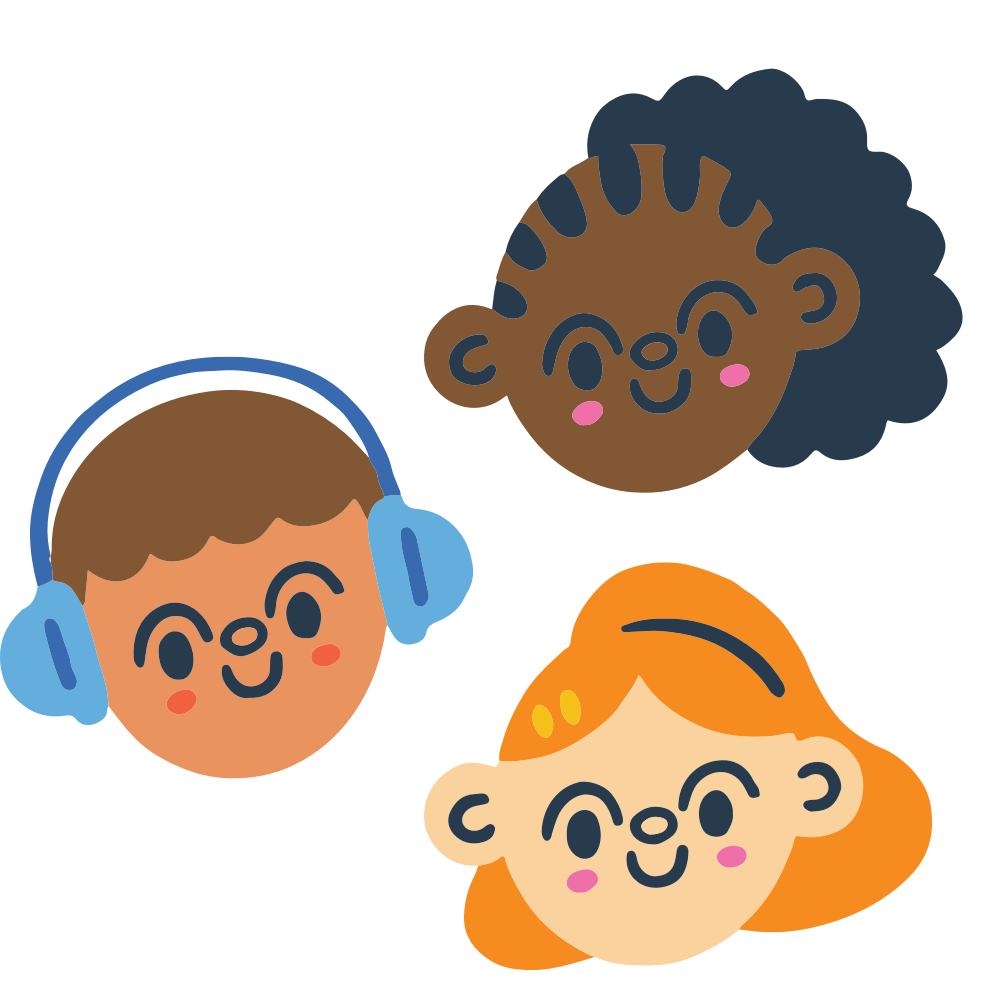
For Students
Discover a catalog of teen health guides packed with essential healthy living tools. Each health guide features topic overviews, self-assessment check-ins, red flag indicators, actionable resources, and more to help students take charge of their health and well-being.
-
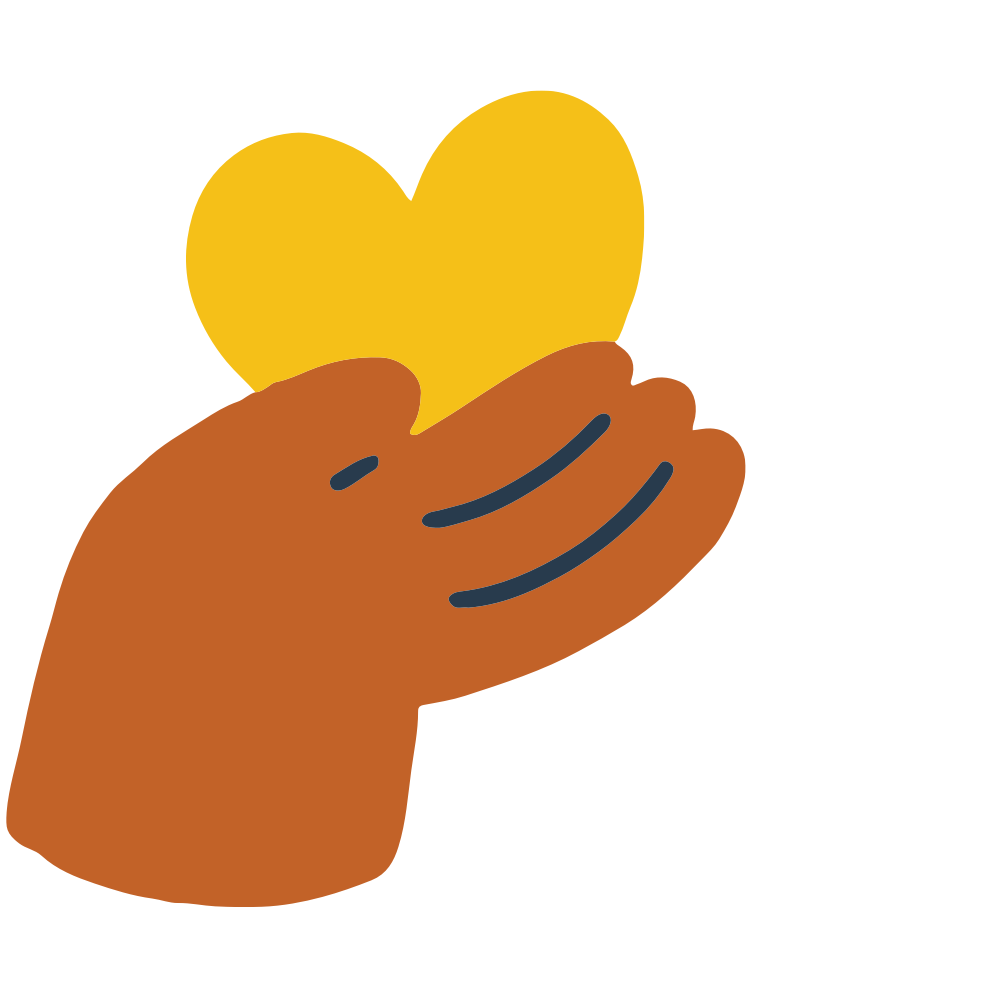
For Parents
The ultimate guide for parents to raise healthy kids, foster open communication, and become their child’s trusted go-to adult. Discover our parent health guides filled with conversation starters, topic overviews, curated resources, and practical tools to confidently support your child’s health and well-being.
how to Teach the SHAPE america Standards
Spiritual Health Teaching Ideas Connected to SHAPE America Standards
Explore the health skills table below to discover teaching ideas for health teachers that connect spiritual health education to SHAPE America National Health Education Standards. By linking spiritual health lessons to health skills like decision-making, self-management, and analyzing influences, you can create meaningful, skills-based learning experiences that help students develop financial health awareness for themselves and others while building health literacy.
-
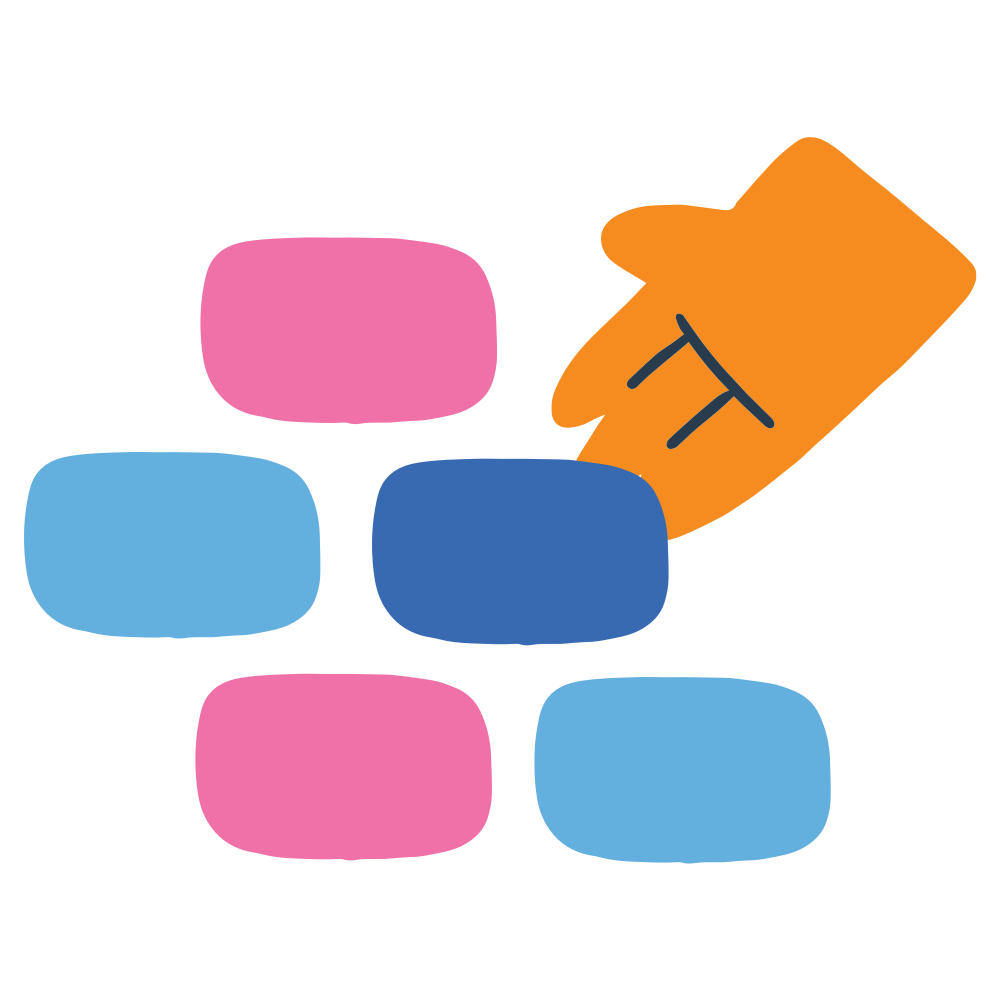
Building and Applying Functional Knowledge
SHAPE America Standards #1
Learning and Using Health Knowledge
-

Analyzing Influences
SHAPE America Standards #2
See What Shapes How You Feel, Think, and Act
-

Accessing Resources
SHAPE America Standards #3
Find Valid Health Info & Services
-

Interpersonal Communication
SHAPE America Standards #4
Communicate Effectively
-
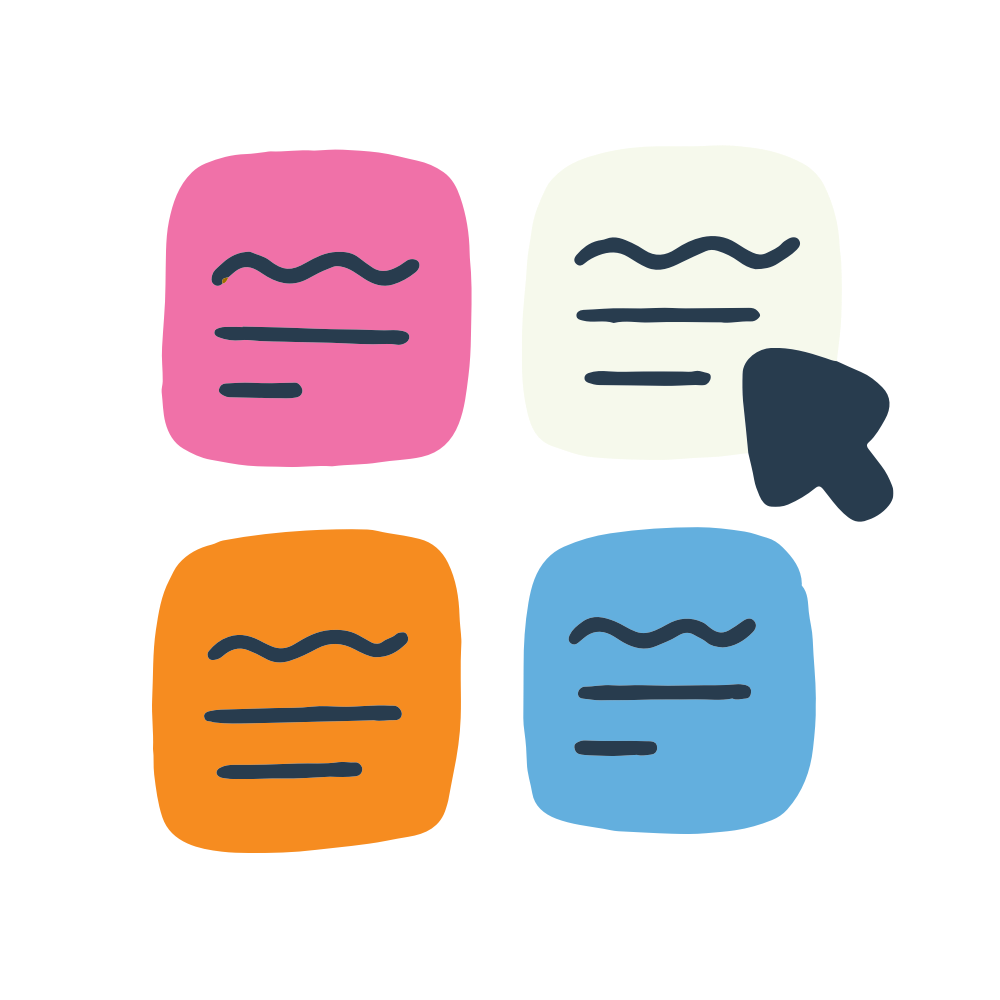
Decision Making
SHAPE America Standards #5
Make Enriching Health Choices
-

Goal Setting
SHAPE Standard #6
Set and Reach Health Goals
-
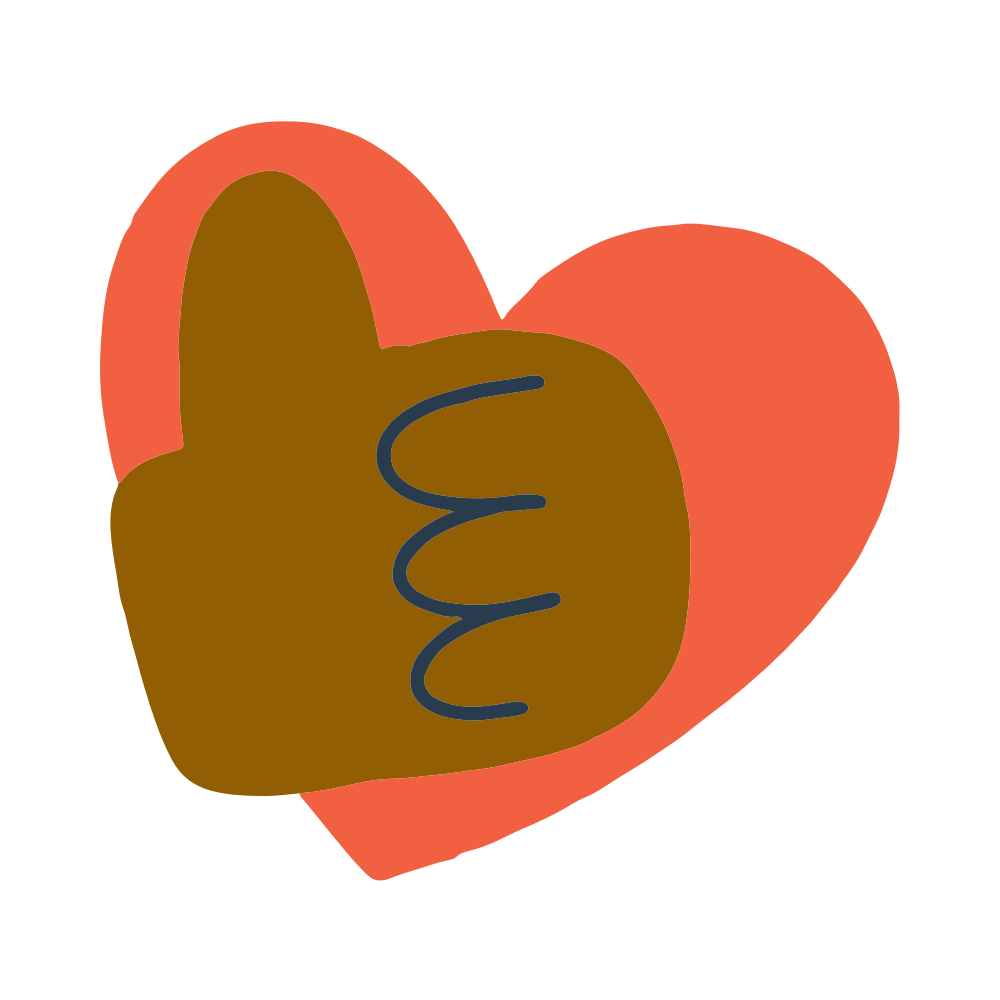
Practice Health Enhancing Behaviors
SHAPE Health Standard #7
Take Care of Your Well-being
-

Advocacy
Health Standard #8
Speak Up for Health
How Building and Applying Functional Knowledge Connects to Spiritual Health Education:
To build spiritual health, students need to explore concepts like values, purpose, identity, and influence. Understanding these foundational ideas helps them define their own belief system and live with intentionality.
Building and Applying Functional Knowledge Teaching Ideas: Spiritual Health Education
Value Detective: Spot the Value in Action
After learning about a small set of core values (e.g., honesty, compassion, fairness, responsibility), students are given brief scenarios or role-play scenes and asked to act as "value detectives" identifying which value is being demonstrated or violated in each situation and explaining their reasoning.
→ Connects to: What values are and how they influence actions
Values System Ranking
Students receive a set of value cards (i.e., creativity, loyalty, fairness, growth). They sort them into categories like Very Important, Somewhat Important, and Not Important to Me.
→ Connects to: What core values are and what a value system is
Mission Statement Questionnaire
Students work through a series of reflection prompts (i.e.., What do I stand for? What kind of impact do I want to make?) to identify their purpose and priorities. Then they draft and revise a personal mission statement that represents their values, purpose, and how they want to live.
→ Connects to: What a mission statement is and how it reflects purpose
How Analyzing Influences Connect to Spiritual Health Education:
Spiritual health and a person’s values systems are shaped by internal and external influences, family, peers, culture, and media. Learning how to analyze these influences helps students live in alignment with their values.
Analyzing Influences Teaching Ideas: Spiritual Health Education
Value Influences Map
Students chart an influence and the values it promotes or discourages.Values Matching Activity
Match common values to people or media that promote them.Report Card
Rate how well different influences align with their core values.
How Accessing Valid Resources Connect to Spiritual Health Education:
Students must know how to evaluate which people, organizations, and cultural forces reinforce or challenge their values. This skill helps them deepen their spiritual health intentionally.
Accessing Resources Teaching Ideas: Spiritual Health Education
Value Rating System
Assess brands, media, or leaders based on alignment with personal values.Trusted Adult Map
Identify who in their life supports or challenges their value system.Cultural Values Study
Research how different cultures prioritize values and purpose.
How Interpersonal Communication Skills Connect to Spiritual Health Education:
Communication is how we express who we are, what we believe, and what matters to us. It’s the tool we use to share our values, set boundaries, resolve conflict, and advocate for ourselves and others. When students develop strong communication skills, they’re empowered to live in alignment with their values and build meaningful, respectful relationships.
Interpersonal Communication Teaching Ideas: Cultural Health Education
Values + Boundaries Skits
Students work in pairs or small groups to act out real-life scenarios where they need to express a boundary rooted in their values (e.g., saying no to gossip, setting limits with peer pressure). Use the STOP (for boundaries) or NOPE (for refusal skills) skill cues to guide their responses. This helps students practice respectful and assertive communication."Say It Like You Mean It" Reflection Prompt
Give students a value-based statement (like “Kindness matters” or “Honesty is everything to me”) and have them explore different ways to communicate it in real life.Mini Advocacy Talks
Students choose one value they strongly believe in and prepare a short TikTok/YouTube short style video to advocate for that value. Use the VOICE skill cue to help them organize their message and speak with clarity and purpose.
How Decision-Making Skills Connect to Spiritual Health Education:
Spiritual health and values are the compass for making enriching decisions. Teaching students how to use their values to guide decisions gives them a grounded way to navigate life.
Decision-Making Teaching Ideas: Spiritual Health Education
Values-to-Decision Matching
Students match core values (like honesty, loyalty, or growth) to common decision scenarios. This helps them explore how values can guide their daily choices.Values Map Reflection
After reviewing a personal or hypothetical decision, students map out what values influenced the choice and how those values shaped the outcome.“What Would You Do?” Card Sort
Students sort real-life decision scenarios by the values that would guide their choice, then reflect on how they'd act and why.
How Goal-Setting Connects to Spiritual Health Education:
Spiritually healthy students set goals rooted in who they are and what they value. When students set values-driven goals, they’re more likely to feel fulfilled and motivated.
Goal Setting Teaching Ideas: Spiritual Health Education
Value-Based Goal Setting
Identify a personal value and create a goal that reflects it.Vision Board
Visualize goals tied to life purpose or guiding beliefs.Obstacle Mapping
Identify what might get in the way of living out their values and how to navigate it.
How Self-Management Connects to Spiritual Health Education:
Spiritual health flourishes when students pause to reflect on whether their actions match their values and purpose, then act with intention.
Self-Management Teaching Ideas: Spiritual Health Education
Pause with Purpose: Reflection Prompts
Students create a list of personalized reflection questions they can ask themselves when they need to pause. Prompts could include:“Does this choice reflect who I want to be?”
“Which of my values does this support (or go against)?”
“Will this action move me closer to my purpose?”
This activity helps students develop internal scripts for values-based self-awareness.
Healthy Habit Chain
Students create a chain (physical paper links or digital visual) of small, daily actions that express their values. For example, if “kindness” is a core value, a chain link might say “check in on a friend” or “help clean up.” This turns abstract values into tangible, repeatable behaviors.
Roadblocks + Reframes
Students identify 3–5 personal barriers that get in the way of living by their values (e.g., fear of judgment, peer pressure, lack of time). Then, they brainstorm reframes or strategies to overcome each one. This activity supports emotional regulation and intentional follow-through.
How Advocacy Connects to Spiritual Health Education:
When students understand what matters to them, they’re empowered to advocate for themselves and others. from small peer interactions to larger social causes.
Advocacy Teaching Ideas: Spiritual Health Education
Values-Based Advocacy Map
Students identify a core personal value (e.g., kindness, justice, honesty), then map out a health-related cause that aligns with it. They create an advocacy action plan to champion that cause in their school or community.Speak Your Truth Posters
Students choose a belief or value that supports health and well-being, then create advocacy posters with messages that encourage others to live by or reflect on that value (e.g., “Everyone deserves to feel safe at school”).Voice for What Matters Journals
Students keep a journal where they reflect on issues that challenge their personal sense of right and wrong. Then, they select one issue and write an advocacy speech or social media caption to inspire others to take action.
spiritual Health Education VIDEOS
Youtube
Guide students in discovering how their values, beliefs, and purpose influence their health with thought-provoking Spiritual Health videos from Project School Wellness.
Popular Mental Health Videos for Health Teachers

Done-For-You
Lesson Plans
Spiritual Health Lesson Plans
Explore how personal values, beliefs, and purpose guide decision-making and impact health with Project School Wellness’s Spiritual Health lesson plans.
-
Level 1: Defining Core Values
Lesson 1: Spiritual Health: My Values
Lesson 2: Understanding Core Values
Lesson 3: Living By Your Values
Level 2: Understanding Values
Lesson #1: Where Do Values Come From?
Lesson #2: Your Moral Compass
Lesson #3: Influence Report Card
Level 3: Living With Passion and Purpose
Lesson #1: Discover Your Purpose
Lesson #2: Writing a Mission Statement
Lesson #3: How to Live Your Mission

Curated spiritual Health education Resources
Spiritual Health Teaching Resources
-
Middle School Unit
What Are Values?
How to Write a Mission Statement
-
Coming Soon!
-
Coming Soon!
-
Coming soon!
Meet Project School Wellness
Your Go-To Partner in Health Education!
At Project School Wellness, we are dedicated to making health education simple, effective, and life-changing.
As your one-stop health education hub, we offer ready-to-use health curriculum and resources for health teachers, expert guidance for parents navigating tough topics, and trusted insights for students building lifelong health skills. Whether in the health classroom, at home, or learning on your own, we’re here to help students build the knowledge, skills, and confidence needed to live their healthiest, happiest lives.
